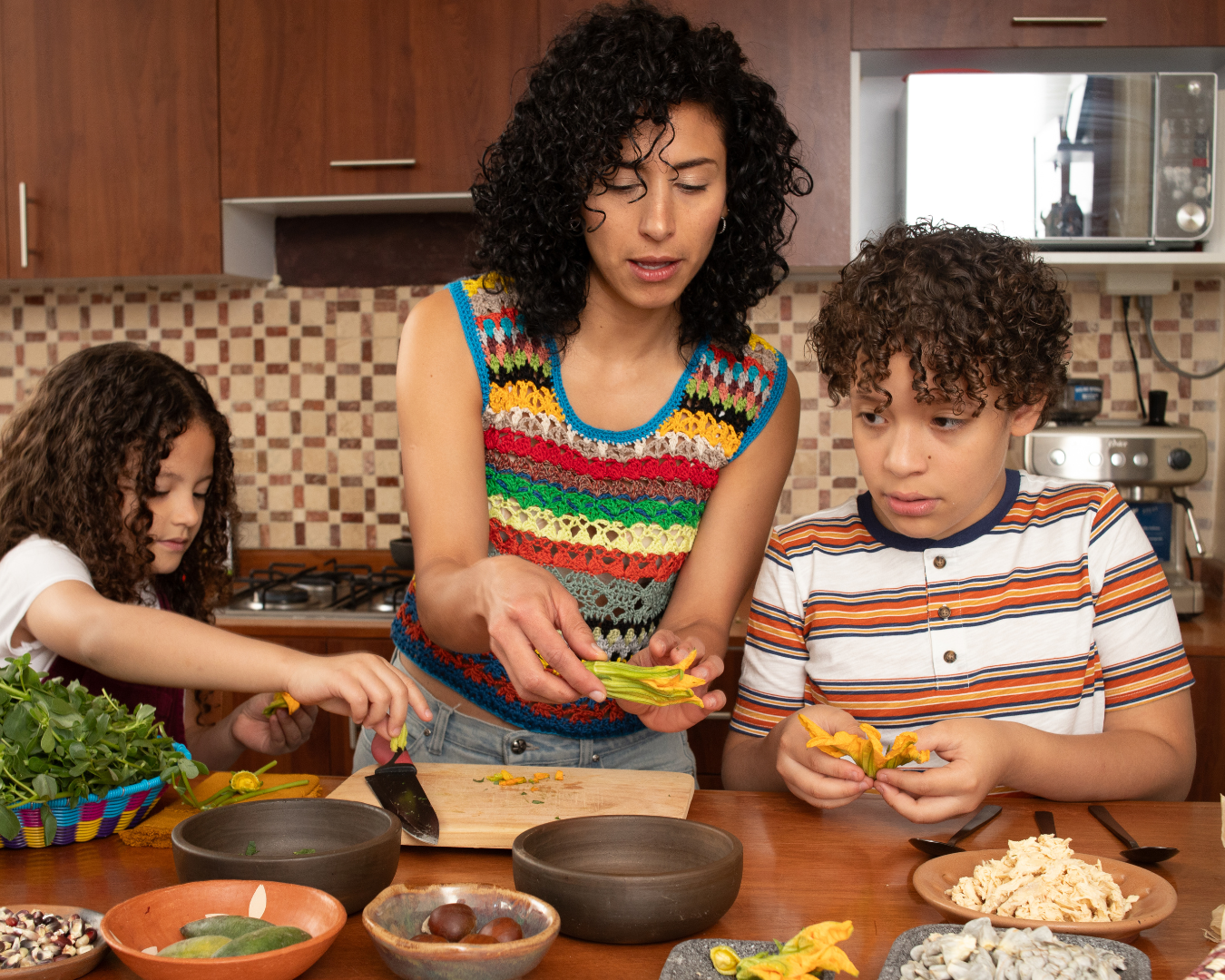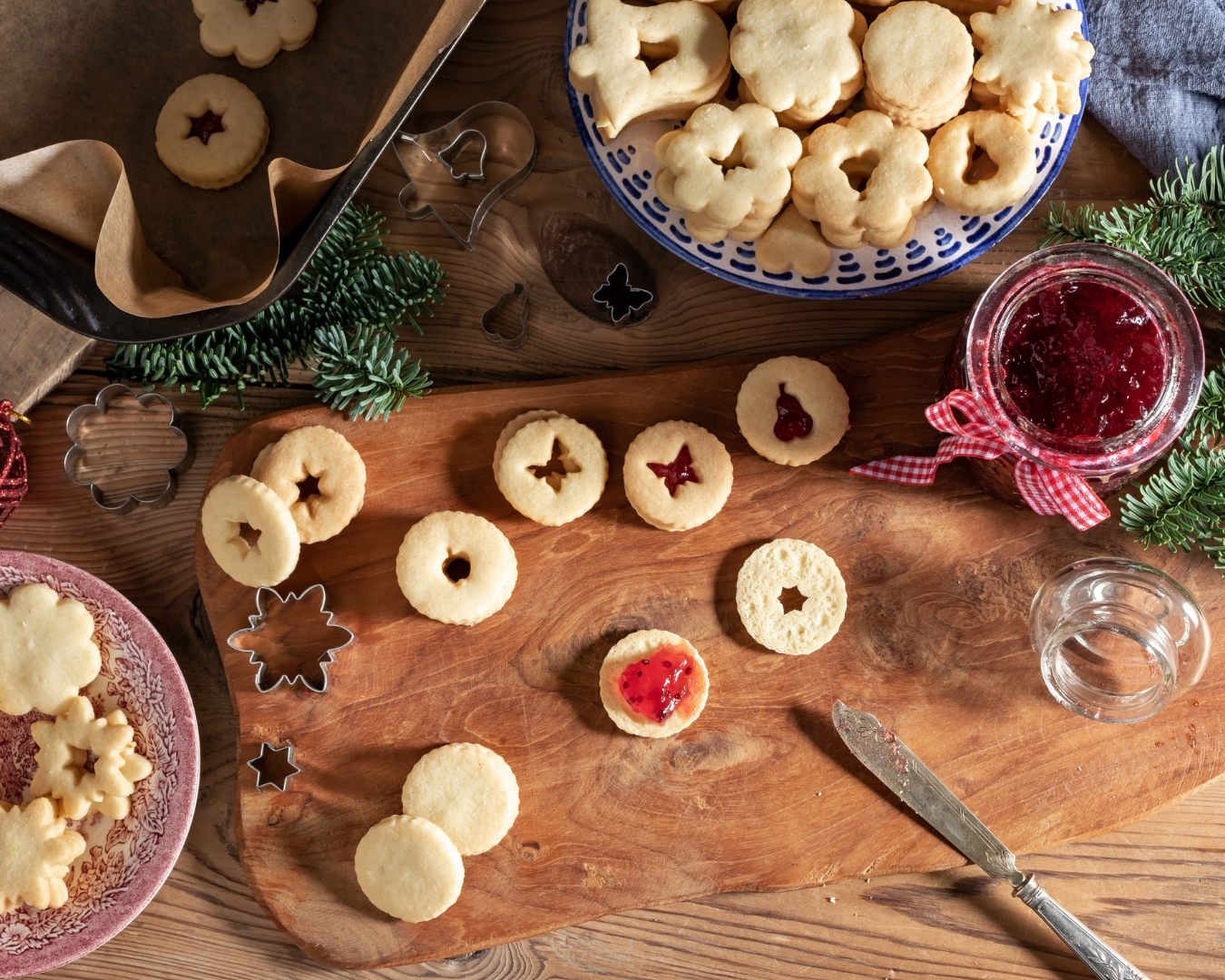In today’s fast-paced world, finding quality family time can be a challenge. One delightful way to bring everyone together is by hosting themed dinner nights. These evenings can transform ordinary meals into memorable events filled with laughter, creativity, and bonding. Here’s how you can get started with some exciting themed dinner night ideas that your family will love. 1. Taco Tuesday Fiesta Theme: Mexican Menu Ideas: Tacos with various fillings (beef, chicken, fish, vegetarian), guacamole, salsa, nachos, and churros for dessert. Activities: Set up a taco bar where everyone can assemble their own tacos. Play Mexican music, and perhaps even try a simple salsa dance tutorial as a fun activity. 2. Italian Pasta Night Theme: Italian Menu Ideas: Spaghetti with meatballs, lasagna, garlic bread, Caesar salad, and tiramisu. Activities: Involve the kids in making homemade pasta or pizza dough. Set the table with a red and white checkered tablecloth, and enjoy some classic Italian opera or pop music. 3. Asian Fusion Night Theme: Pan-Asian Menu Ideas: Sushi rolls, stir-fried noodles, dumplings, spring rolls, and mochi ice cream. Activities: Have a sushi rolling competition or a chopsticks challenge. Teach the family some basic words in Japanese or Chinese, and discuss interesting facts about Asian cultures. 4. Backyard BBQ Theme: American Menu Ideas: Grilled burgers, hot dogs, corn on the cob, potato salad, and s’mores. Activities: Set up outdoor games like cornhole or frisbee. If you have a fire pit, gather around for a cozy evening of storytelling and roasting marshmallows. 5. Mediterranean Feast Theme: Greek Menu Ideas: Greek salad, moussaka, souvlaki, pita bread with hummus and tzatziki, and baklava. Activities: Host a mini-Olympics with simple athletic games. Discuss Greek mythology and let each family member share their favorite myth or story. 6. Breakfast for Dinner Theme: Breakfast Favorites Menu Ideas: Pancakes, waffles, scrambled eggs, bacon, fruit salad, and smoothies. Activities: Set up a pancake or waffle topping bar. Have everyone come to dinner in their pajamas and watch a family-friendly movie or cartoons afterward. 7. Pirate Night Theme: Pirate Adventure Menu Ideas: Fish and chips, chicken drumsticks, tropical fruit, and treasure chest cookies. Activities: Create a treasure hunt with clues leading to a hidden “treasure” (treats or small toys). Speak in pirate lingo and wear eye patches and bandanas for added fun. 8. French Bistro Night Theme: French Menu Ideas: Quiche, ratatouille, baguettes with cheese, French onion soup, and crème brûlée. Activities: Teach the family a few basic French phrases. Play French café music in the background and perhaps even draw a small Eiffel Tower as a centerpiece. Tips for Successful Themed Dinner Nights: Themed dinner nights are a fantastic way to break the routine and create special moments with your family. Whether you’re exploring new cuisines or indulging in favorite comfort foods, these evenings are sure to bring joy and togetherness to your household. So pick a theme, gather your ingredients, and let the fun begin!










